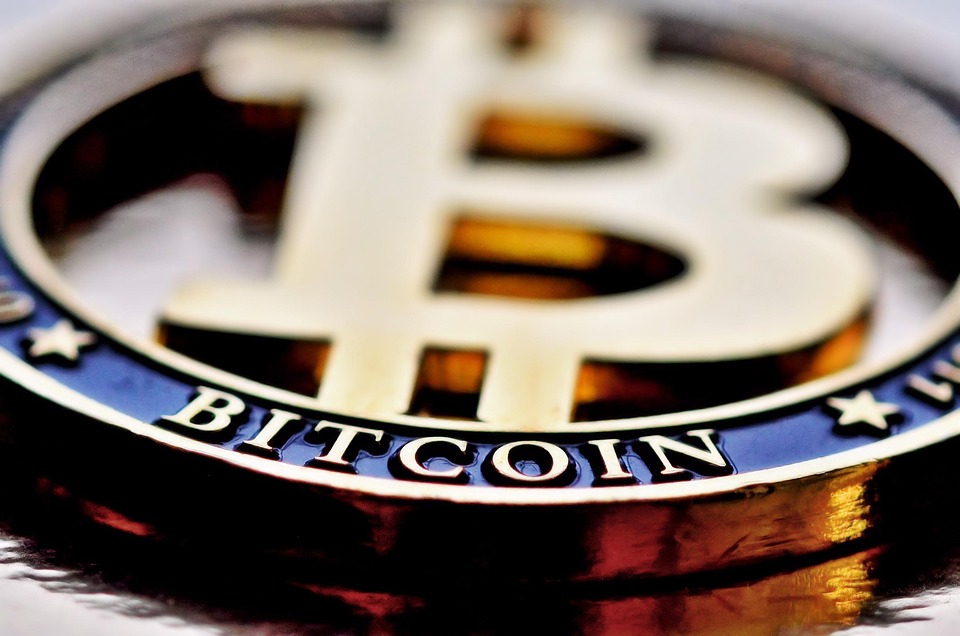In an age where data breaches and cyberattacks have become alarming norms, the quest for secure data management solutions has never been more pressing. Among various emerging technologies, blockchain stands out as a revolutionary approach to securing information. This innovative system not only provides transparency but also ensures data integrity and protection against unauthorized access. This article delves into the intricacies of blockchain security and its pivotal role in safeguarding data in our increasingly digital landscape.
Understanding Blockchain Technology
At its core, blockchain is a decentralized, distributed ledger technology (DLT) that records transactions across multiple computers. This design makes it nearly impossible for any single entity to alter or manipulate data without consensus from others in the network. Each block in a blockchain contains a set of transactions, a timestamp, and a unique cryptographic hash from the previous block, creating a chain that is inherently secure and tamper-resistant.
Key Features of Blockchain Security
-
Decentralization: Traditional databases are often centralized, making them vulnerable to hacks and data breaches. Blockchain’s decentralized nature disperses data across numerous nodes in a network, eliminating a singular point of failure. This means that even if one node is compromised, the integrity of the overall system remains intact.
-
Cryptography: Blockchain employs advanced cryptographic techniques to secure data. Each transaction undergoes cryptographic hashing, which transforms the data into a fixed-length string of characters. This hash serves as a unique identifier, making it nearly impossible to alter data without detection.
-
Consensus Mechanisms: Before a transaction is added to a blockchain, it must be verified by the participating nodes through consensus mechanisms such as Proof of Work (PoW) or Proof of Stake (PoS). These mechanisms ensure that only valid transactions are added to the blockchain, enhancing the security and accuracy of the system.
-
Immutability: Once data has been recorded on a blockchain, it is exceedingly difficult to change. The interconnected nature of blocks means that altering one block would require changes to all subsequent blocks, a task that would necessitate immense computational resources and coordination among all network participants.
- Transparency: All transactions on a public blockchain are visible to participants, enabling users to verify transactions independently. This level of transparency builds trust among users and acts as a deterrent against malicious activities.
Challenges to Blockchain Security
Despite its robust features, blockchain security is not without challenges:
-
Human Error: The most significant vulnerabilities often arise from users. Poor handling of private keys or inadequate cybersecurity practices can lead to data breaches. Educating users about secure practices is crucial to mitigate these risks.
-
Smart Contract Vulnerabilities: Smart contracts are self-executing contracts with the terms of the agreement directly written into code. These contracts can harbor coding errors or vulnerabilities that can be exploited. Conducting thorough audits and implementing stringent testing practices can help reduce potential risks.
-
51% Attacks: Although rare, a 51% attack occurs when a single entity or group gains control of more than 50% of the network’s mining power, allowing them to manipulate transactions. While this is difficult to achieve in large networks like Bitcoin, smaller blockchain systems may be susceptible.
- Regulatory Concerns: The evolving landscape of blockchain regulations can lead to compliance challenges. Organizations must navigate legal and regulatory requirements to ensure that their blockchain implementations are secure and compliant.
The Future of Blockchain Security
As blockchain technology continues to evolve, so will its security measures. Innovations such as zero-knowledge proofs, which allow one party to prove to another that a statement is true without disclosing any additional information, are gaining traction. This can enhance privacy without sacrificing transparency.
Moreover, as industries increasingly adopt blockchain solutions—ranging from finance to supply chain management—the need for robust security standards will intensify. Collaboration among stakeholders, including developers, regulatory bodies, and users, will be vital in addressing security challenges and ensuring the safe deployment of blockchain technology.
Conclusion
In a digitally interconnected world fraught with security risks, blockchain stands as a formidable ally in the quest for secure data management. With its unique architecture, cryptographic foundations, and emphasis on transparency, blockchain technology has the potential to revolutionize data security practices across various industries. As we continue to navigate this digital frontier, understanding and implementing effective blockchain security measures will be crucial in safeguarding not only businesses but also individuals’ sensitive data. The future of security may very well be written on the blockchain.



